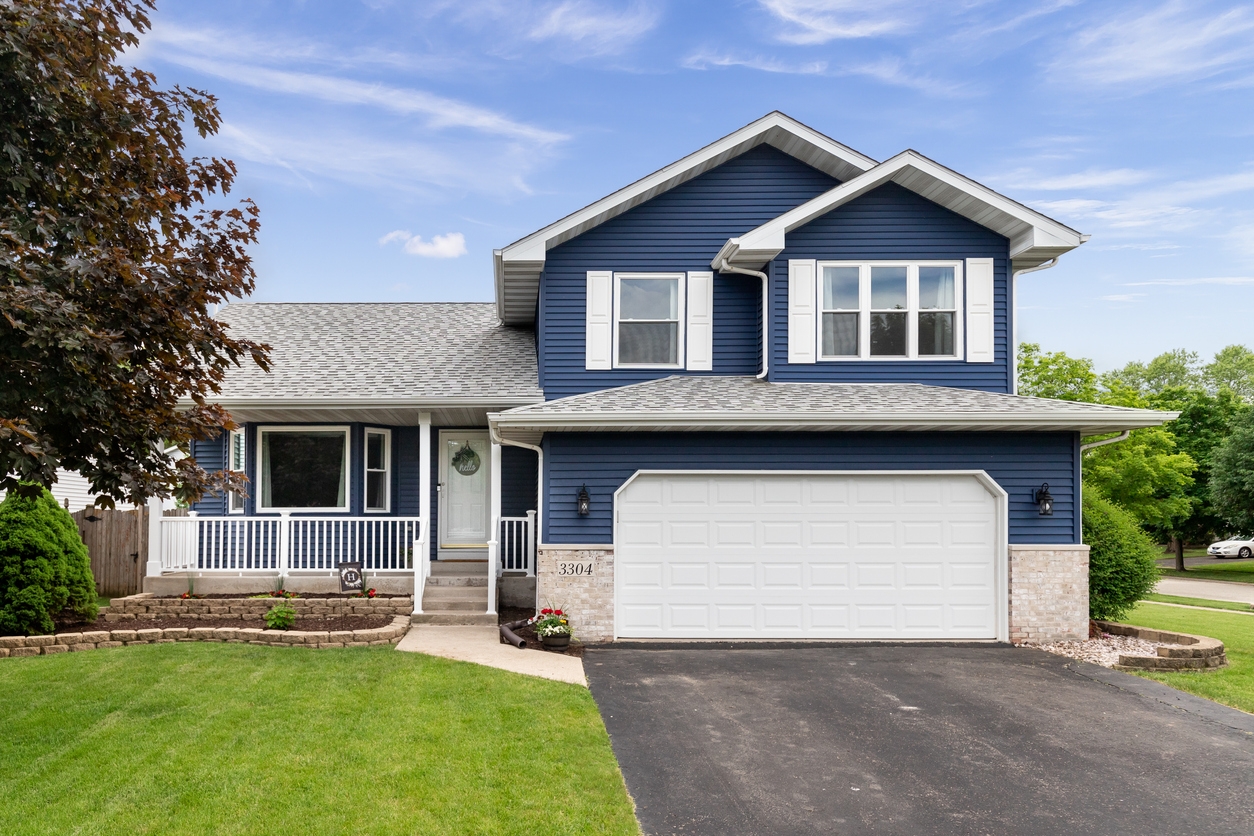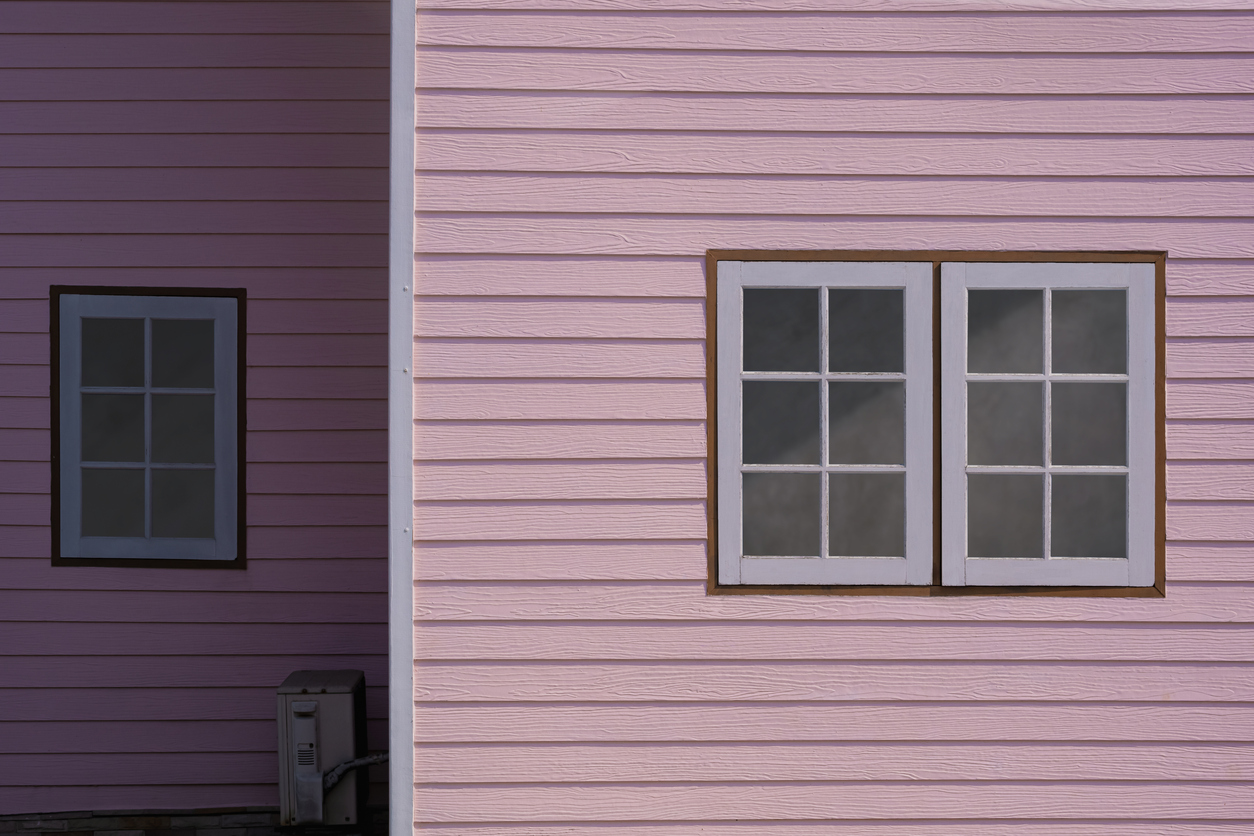Exterior painting protects Pleasanton homes from extreme temperatures, moisture, pest infestation, water damage, and daily wear and tear. But it is not all just function. Exterior painting can also be aesthetic by enhancing a home’s curb appeal and potentially increasing its value.
These reasons make choosing suitable colors crucial for exterior house painting in Sunol, CA. Choose the wrong colors and your home will stand out in your neighborhood – but in the wrong way. Worse, your homeowners’ association (HOA) may impose stiff penalties on you for choosing exterior paint colors that violate their guidelines.
This guide will assist you in determining which are the best paint colors to use for your Tracy, CA home’s exteriors and which are the ones to avoid. You don’t want to regret the wrong color scheme you’ve chosen.
The importance of choosing the right exterior colors
Choosing suitable paint colors for the exterior of your San Ramon home is a crucial decision that influences curb appeal, reflects your personality, and potentially impacts property value. Exterior paint colors differ from interior ones because they need to harmonize with the environment and endure weather conditions while maintaining aesthetic appeal.
Do’s
1. Do consider your home’s architecture
- Choose colors that complement the architectural style of your Livermore home. Whether you own a colonial, Victorian, ranch, or modern home, certain colors traditionally align with each style. For example, earthy tones like beiges and browns work well for ranch homes, while pastels or brighter colors might suit a Victorian house.
- Understanding the architectural context ensures that your home’s color is consistent with its history and design.
2. Do incorporate surrounding elements
- Consider the landscape, natural surroundings, and neighboring homes in Fremont, CA. If you have a house near a forest or ocean, the color palette might lean toward natural tones like greens, blues, or sandy hues to blend with the environment.
- Consider the color of your roof, driveway, and landscaping features (trees, plants, stonework). Exterior colors should harmonize with these elements, not clash.
3. Do use a three-color palette
- Follow the rule of three colors:
- Dominant color for the walls.
- Secondary color for accents like shutters, doors, and trim.
- Tertiary color for smaller details (railings, window frames, etc.).
- This method adds depth and sophistication to your home’s exterior without overwhelming the eyes. Contrasting your main color with a bold accent on shutters or doors can create visual interest.
4. Do test the colors
- Sample your paint colors before committing. Colors can look different under natural sunlight and may change based on the time of day. Paint small sections of your exterior walls and observe their appearance under varying conditions.
- This factor is crucial as exterior colors are influenced by shadows, reflections, and the type of material (wood, brick, siding) on which they are painted.
5. Do choose high-quality, weather-resistant paint
- Invest in quality paint that is designed for outdoor use. Exterior paint must endure sunlight, rain, humidity, and temperature changes, so look for UV-resistant, mildew-resistant, and fade-resistant options.
- A higher-quality paint may cost more but will last longer, ensuring your home’s color remains vibrant for years.
6. Do match the color with your region’s climate
- Consider your local climate. Lighter colors like whites, beiges, or light grays can reflect heat in warmer climates, helping to keep your home cooler. In colder regions, darker colors absorb more sunlight, which can slightly contribute to warmth during winter.
7. Do create contrast and highlight details
- Use contrasting colors to highlight architectural details. If your home has beautiful moldings, porches, or eaves, painting them in a lighter or contrasting color can bring out their charm. A bold front door is also an opportunity to add personality without committing to a dramatic change for the whole house.
Don’ts
1. Don’t ignore the neighborhood aesthetic
- While choosing a color that suits your taste is important, don’t completely ignore the surrounding homes. If all homes in your area have neutral tones, choosing a neon or too-bright color may make your abode stick out for the wrong reasons. Similarly, if everyone in the neighborhood uses subtle tones, a loud color could look out of place.
- Being too bold might hurt the resale value of your home in a more conservative neighborhood.
2. Don’t forget about the long-term commitment
- Don’t pick trendy colors that may feel outdated in a few years. While trends can inspire creativity, repainting an entire house is a big investment. Choose colors you will love for years, even if the trend fades.
- Choose classic, timeless hues that suit your home’s structure and your personality instead of something that could quickly feel passé.
3. Don’t overdo dark colors
- While dark colors can be dramatic and sophisticated, don’t go too heavy with dark shades. Dark colors may absorb heat, which can cause the paint to degrade faster under harsh sunlight. They can also make small homes appear even smaller or look imposing.
- If you love dark tones, consider using them as accent colors (shutters, front door) instead of for the entire exterior.
4. Don’t overlook the trim
- Don’t neglect the importance of the trim color. While it may seem secondary, trim color can accentuate your house’s chief exterior color or make the house appear dull. Ensure the trim color contrasts or complements the body color to add depth and dimension to your home.
- Avoid choosing a trim color too close to the dominant color, as doing so will make details like windows and doors blend in too much.
5. Don’t use too many colors
- While using three colors is recommended, don’t use more than that unless you aim for an eclectic, non-traditional look. Too many colors can create visual confusion and make your house look overly busy. Stick to a cohesive color palette to keep your home looking refined and well-designed.
6. Don’t choose colors without considering paint sheen
- Don’t underestimate the importance of paint sheen. The finish (flat, satin, semi-gloss) can change a color’s appearance on your home’s exterior. Generally, flat finishes work best for large surfaces like walls, while semi-gloss finishes are more appropriate for details like trim and doors, where you want a little more shine and durability.
- Using the wrong sheen can make your exterior look inconsistent or highlight imperfections.
7. Don’t neglect your home’s materials
- Don’t ignore the material of your San Ramon home’s exterior. Certain colors work better with specific materials like brick, stucco, or wood. For instance, bricks often look better with more muted, earthy tones that complement their natural appearance, whereas wood siding can take on more diverse color schemes.
- Be mindful of how the texture of these materials will interact with the paint color, as rough surfaces can diffuse light differently than smooth surfaces.
Bonus tips:
- Neighborhood restrictions: Some neighborhoods have HOA rules or guidelines for exterior paint colors. Make sure to check these restrictions before finalizing your choice.
- Seasonal considerations: Paint color can look different in winter versus summer, consider how your home looks throughout the year.
By following these do’s and don’ts, you can select a color palette that enhances your home’s exterior, works with its environment, and stands the test of time.
Parting words
Now that you have found the perfect color scheme for your exterior house painting, the next step is figuring out which paint to buy and how it will be applied. Don’t worry, though, because Custom Painting, Inc. wants to make the rest of the process as simple for you as possible. We will handle the project at every step, from surface preparation to final cleanup and inspection. For professional assistance, contact Custom Painting, Inc. at 925-294-8062 or complete the form on our contact page. We provide a free quote upon request!



